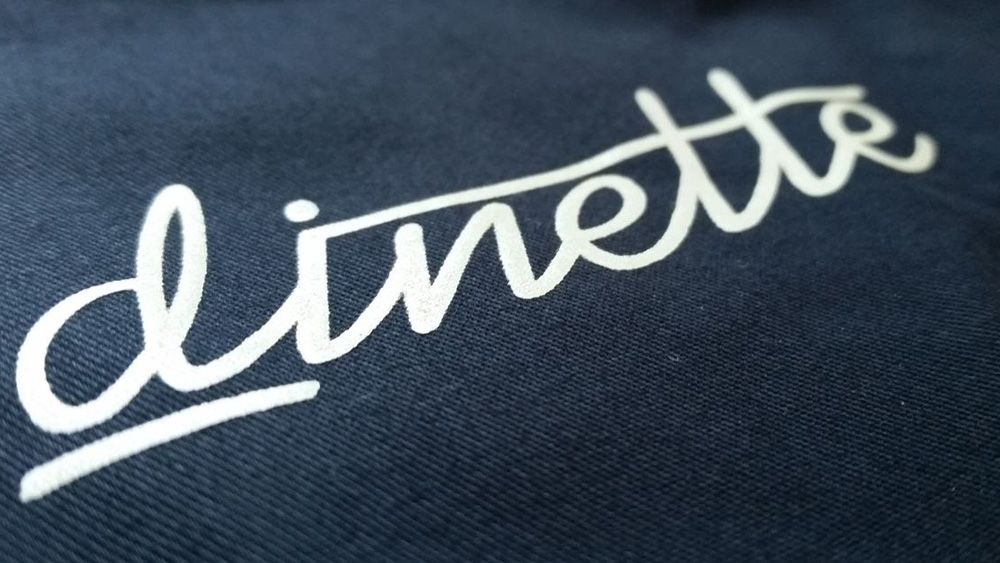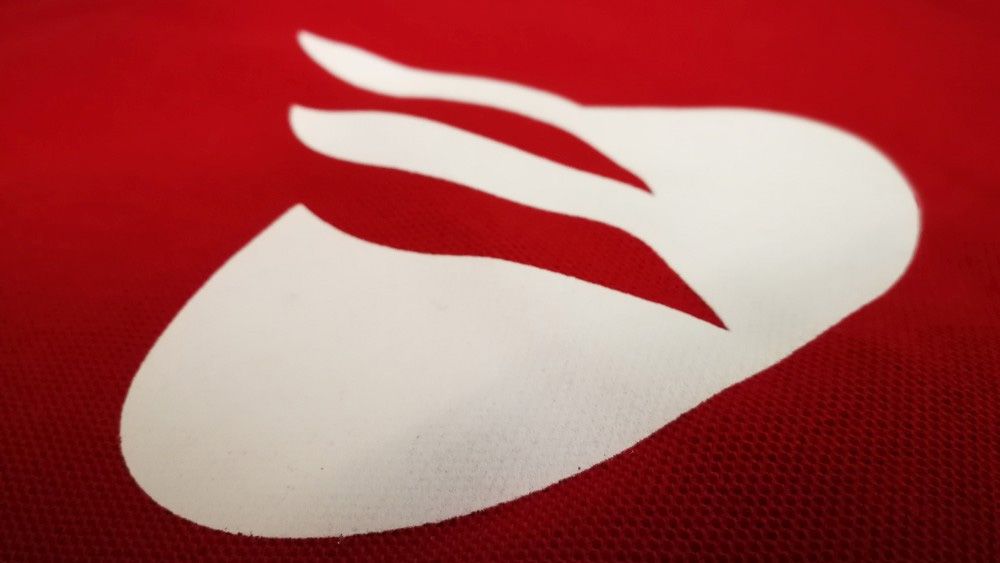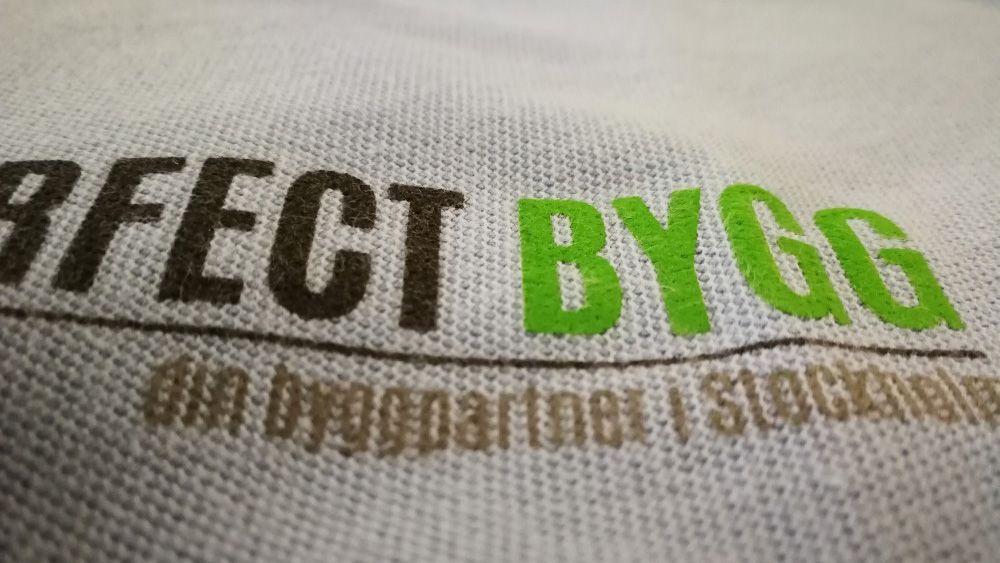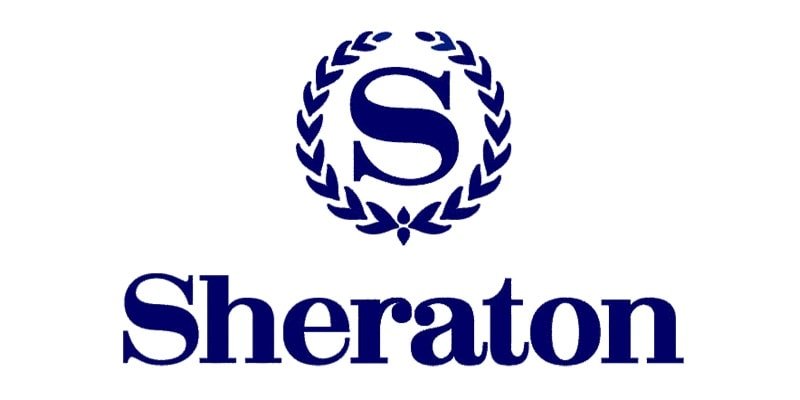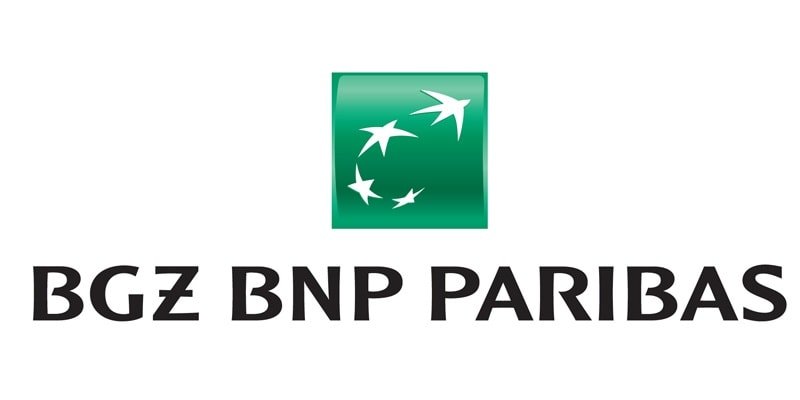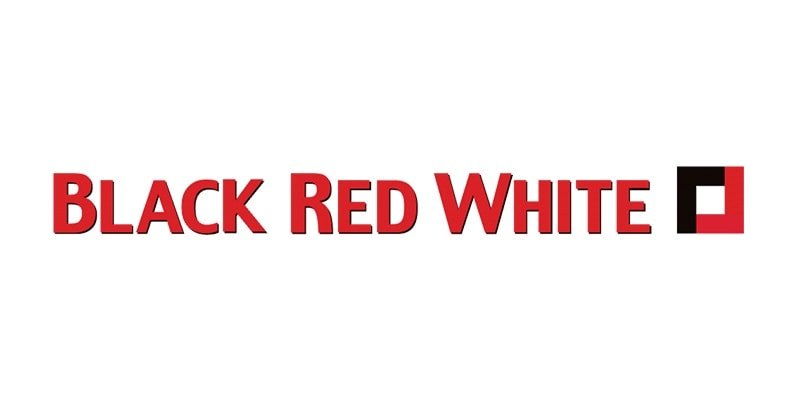Screen printing or serigraphy is a printing technique in which the printing form is a template applied to a fine woven metal or synthetic fibre mesh. The print is made by forcing paint through the matrix.
Screen printing is a very durable method of printing on clothing. It is often confused with ironed patches, known from the beginning of the century, the durability of which was limited to one-time use. The screen-printing process itself is based on injecting paint into the material, which creates a uniform whole with clothing, while guaranteeing a high durability of colour, as well as a resistance to washing and abrasion. It is most often used to mark lightweight cotton clothing, such as a T-shirt or polo shirt; however, it is also used on other surfaces than textiles.






